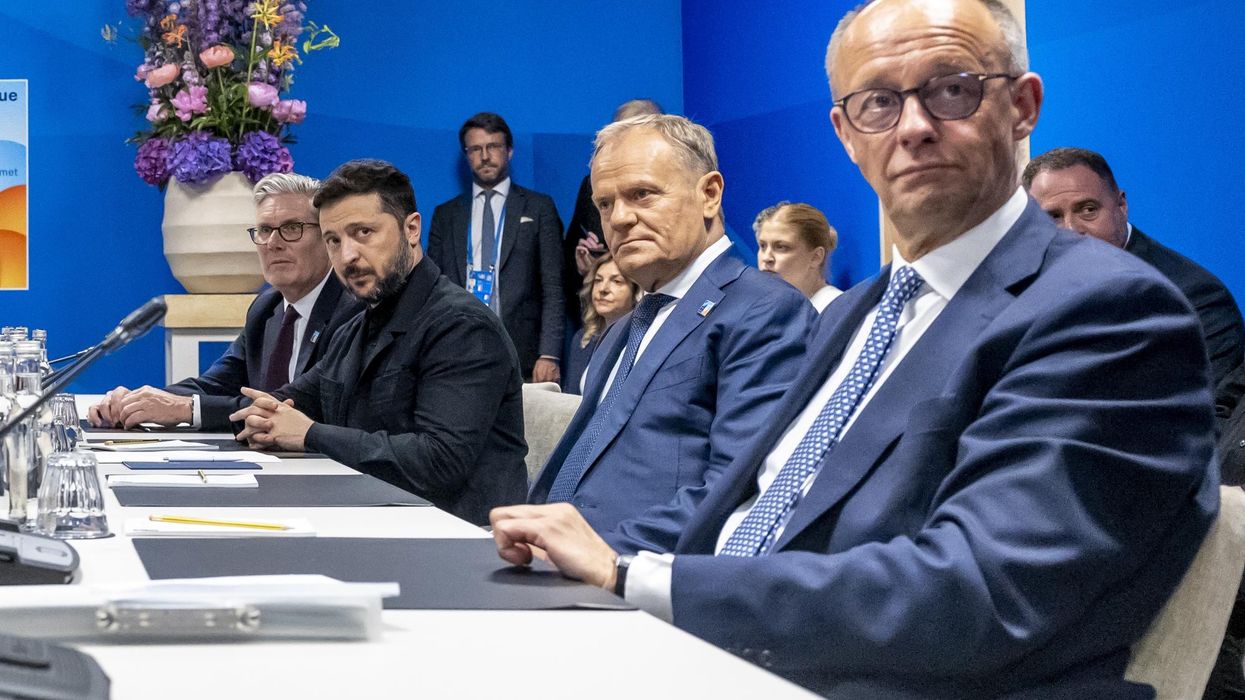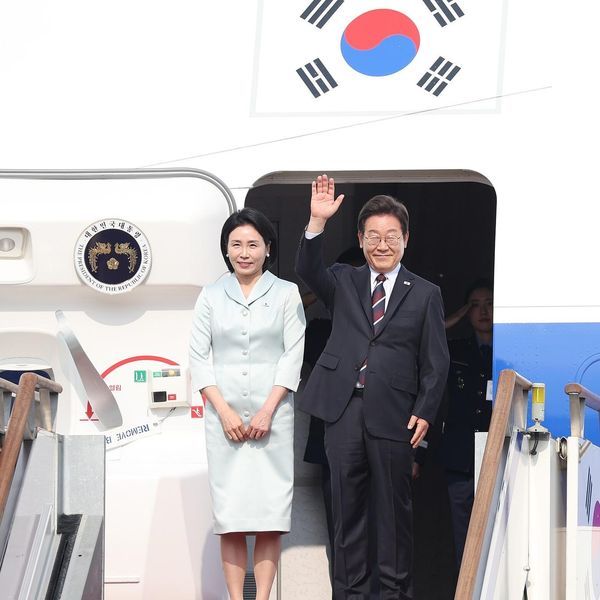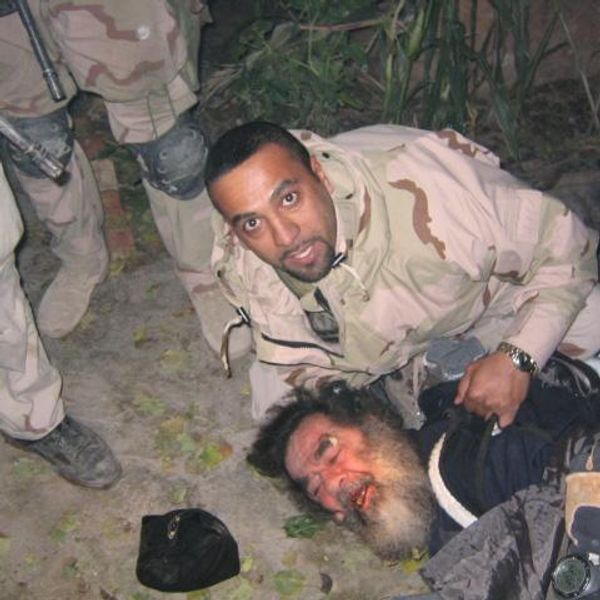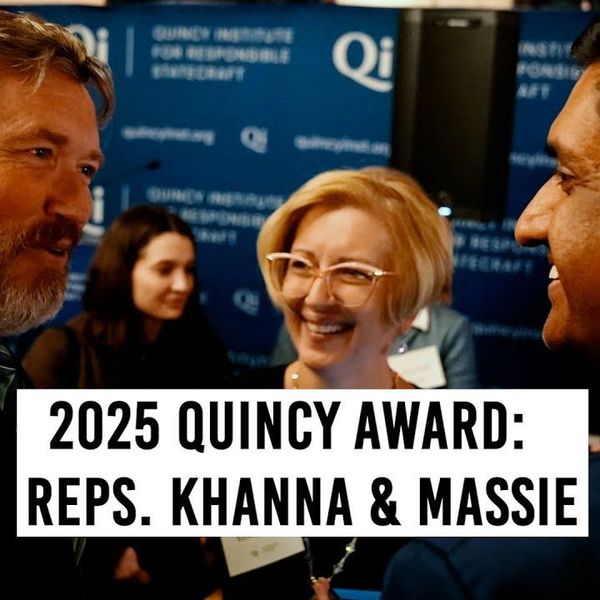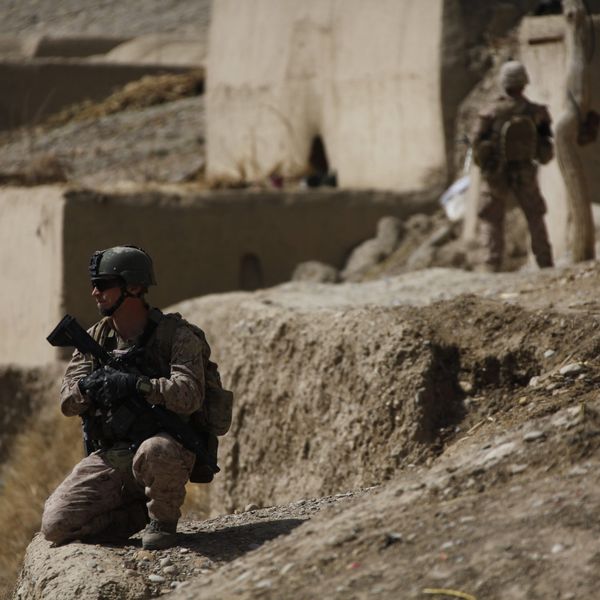Secretary of State Antony Blinken’s suggestion during his confirmation hearing that he would consider supporting Georgia’s membership in NATO has largely gone overlooked. Georgian media has since reported that Blinken also raised the Georgia issue in his first call with Russian Foreign Minister Sergey Lavrov. But if the Biden administration continues to push the issue of Georgia’s potential NATO membership, it would endanger the already precarious stability of the South Caucasus and increase the likelihood of misunderstanding between Moscow and Washington.
Georgian ascension to NATO would also further damage the U.S.’s already strained relationship with Europe — where public opinion shows little support for the ongoing rivalry with Russia — thereby potentially jeopardizing European cooperation on issues ranging from the rise of China to climate change.
Russia won’t interpret any consideration of Georgia's membership charitably. Russia has already lost influence in the South Caucasus, a region Moscow viewed as its sphere of influence just a decade ago.
Just last year, Russia paid a high geopolitical price for the resolution of the Nagorno-Karabakh conflict between Azerbaijan and Armenia. While Moscow was able to negotiate a ceasefire, it had to deploy peacekeepers and accede to (NATO member-state) Turkey's influence in the South Caucasus. As Russia’s relative influence in the region wanes, any hint of support from the Biden administration for Georgia’s campaign for NATO membership could provoke a violent Russian response.
European leaders likely won’t support Georgia's membership in NATO. German Chancellor Angela Merkel — who has said that she does not foresee “Georgia's prompt accession to NATO” — is approaching the end of her long tenure in office, and nothing suggests her potential successors will be more willing to expand NATO eastward. Moreover, recent polling from the European Council on Foreign Relations suggests most Germans don’t want to take sides between Washington and Moscow. Meanwhile, the Eurasia Group Foundation found that Germans are deeply pessimistic about ties with the United States. Thus, pushing for Georgian membership without European support risks re-establishing goodwill among NATO allies, a key priority for the Biden administration.
The United States has been down this road before, and the result was disastrous. At NATO’s Bucharest Summit in April 2008, President George W. Bush pushed the idea of expanding the alliance to Georgia and Ukraine. Merkel led European opposition and warned that Russia would interpret any further eastward expansion of NATO as an existential threat. A compromise was eventually reached in the Bucharest Declaration which contained language that committed the alliance to consider Georgia's accession eventually, but on no specific timeline.
Moscow and Tblissi both almost immediately misinterpreted the Bucharest Declaration’s ambiguous intent. Just 20 minutes after NATO made it public, Russia announced it would provide support to Abkhazia and South Ossetia, two break-away provinces in the north of Georgia. Just four months later, Georgian President Mikhail Sakashvilli instigated an ill-advised offensive against Ossetian militia and Russian peacekeepers in Tskinvali, the capital of South Ossetia. Russian forces quickly overran the Georgian military and won the war in 12 days. In the aftermath of the war, 20,000 ethnic Georgians were unable to return to their homes in South Ossetia.
Twelve years later, Georgia is even further away from obtaining NATO membership. Abkhazia and South Ossetia both remain de-facto independent, and rigidly aligned with Moscow. Short of a sea change in Russian politics, there is no chance of Tbilisi regaining control of South Ossetia and Abkhazia peacefully. According to NATO requirements for membership, applicants must not have ongoing territorial disputes, and it’s unlikely that Georgia would be willing to let the provinces go.
The Biden administration may understand that Georgia’s campaign to join NATO is impracticable in the short term. And it may be that publicly supporting Georgia’s ascension is simply a negotiating tool, or part of the follow-through on President Biden’s vow to “punish Russia” for a series of espionage related hacks of American computer systems reportedly conducted by Moscow. But as we’ve seen, Russia and Georgia could misinterpret such ambiguity to disastrous consequences. Indeed, Georgian media has already given Blinken’s remarks more coverage than the Biden administration might expect.
Georgia’s membership in NATO is the wrong issue for this type of diplomatic maneuvering. Blinken suggested during his confirmation hearing that Georgia would become safer by joining NATO. While it’s unclear whether that would be the ultimate outcome in Georgia’s case, what is certain is that the application process itself would endanger Georgia, the stability of the South Caucasus, and U.S. interests in the region. Pushing this issue is a gamble with no clear payoff for the United States.
Moreover, Georgia’s ascension to NATO would add yet another Article V commitment — an issue that’s already contentious among the American public — to an ally bordering an increasingly insecure Russia.
Another consequence would be increased tensions between Russia and Georgia, if not outright war, and the further fraying of American ties to Western Europe. Forcing the issue of Georgian membership in NATO right now will stress already strained relations with allies like Germany. Restoring the transatlantic relationship was a central tenet of the Biden campaign’s foreign policy platform. Now is not the time to stress those relationships further for the sake of poking Putin in the eye.


